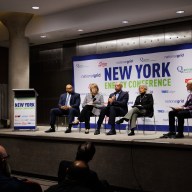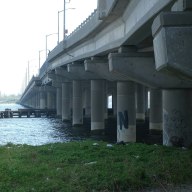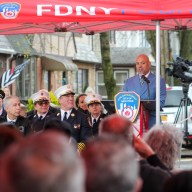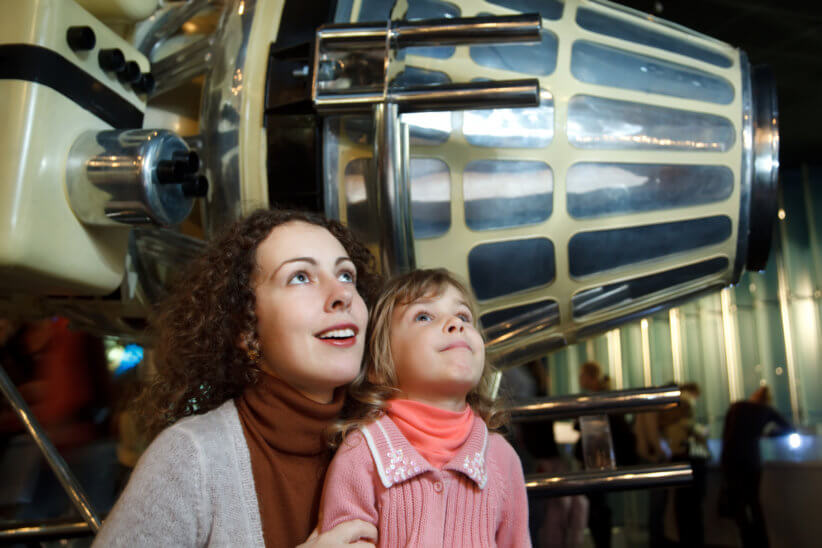By George H. Tsai
Is it likely that the Chinese New Year will become a holiday for the Asian-American community in Queens? It is possible and should be legalized.
Early this month the City Council held its first public hearing on this issue, and Asian community leaders are optimistic about it. Out of the nearly 100 people attending the meeting, 25 were in favor of the proposal legalizing the holiday. One opposed it.
According to the Chinese newspaper, Ming Pao, a third of the world’s population observes this holiday; why not in the Big Apple, where Asians account for 10 percent of its population. A great majority is Chinese. Other Asians, such as Koreans, Japanese and Vietnamese also observe the Chinese New Year or Spring Festival. The observance of this holiday is by no means a violation of their allegiance to their new homeland.
There are perhaps hundreds of ethnic groups in this great land because the United States is a nation of immigrants, and each group wants to keep its culture alive. In fact, the United States is a multicultural society.
There are 32 legalized ethnic holidays, including St. Patrick’s Day, Columbus Day, Yom Kippur and Passover, and are well recognized throughout the nation.
The lone opponent argued that those supporting the proposed holiday should go back to China. This woman is terribly narrow-minded. Obviously she is ashamed of her origin. Of course, she has every right to express her point of view.
I have every reason to believe 99.9 percent of the immigrants, despite their national origin, love this great country, where many have fulfilled their lifetime dreams.
Besides, the city’s Sanitation Department is against the legalization on the grounds that such a holiday would stop street parking from switching sides for a day, preventing cleanup in certain areas. This opposition is unjustifiable. I have never seen any sweeper rattling through my street, yet it remains clean. To Chinese, it is a time-honored practice to sweep both outside and inside of their houses on the eve of the New Year.
This proposal faces an uphill fight because it requires two-thirds of the City Council’s votes. Even if it sails through the Council, Mayor Bloomberg has his say in this matter.
According to the latest census, Asians account for 4.2 percent of the U.S. population. They settle in big cities, such as Honolulu, San Francisco, Los Angeles, Chicago, New York, Boston and Houston. New York City has a lion’s share of Asians on the East Coast, mostly in lower Manhattan, Queens and Brooklyn.
A few months ago, the mayor was reported to have mulled over the suggestion that the city lift the ban on firecrackers in celebration of the Chinese New Year. Setting off firecrackers is a Chinese tradition marking the New Year. It’s an exuberant part of the celebration. It could be the city’s best gift for the nearly one million Asians if the proposal is approved and the ban lifted.
The local Asian community is flourishing. You hardly can find jobless Asians in Flushing or the juxtaposition of affluence and indigence in this boomtown. They work very hard and help one another to realize their American dream.
In the not-too-distant future, the commercial landscape of Flushing is going to look more Oriental than ever before.
It is reported that two powerful financial groups from China and Taiwan are vying for the building that houses the Bank of New York on Main Street. Either group that acquires it is likely to buy stores behind that building and turn them into a swanky hotel or a mini-mall. But the bank owner balks at the deal.
Money talks. The offer may be too good to be rejected. Why do the Chinese want to make investments in Flushing? Well, Chinese immigrants pour into this small metropolis every day. Chinatown in Lower Manhattan is but a tourist attraction. Most business people and residents there are Cantonese and Fujienese.
New arrivals are from all over China, Hong Kong, Malaysia, Taiwan and Vietnam. They prefer Flushing to other parts of the city because it’s developing as a robust commercial center. Supermarkets, restaurants, clubs and mini-malls featuring Oriental products provide numerous jobs.
As you can see, Chinese stores brighten Main Street, while Korean shops grace side streets as well as a large section of Northern Boulevard, making Flushing the fastest-growing Oriental metropolis in the nation.
Nightlife in Flushing is more delightful than I thought. There are almost 100 clubs on Main Street catering to individuals or groups seeking relaxation and fun. Their favorite programs are dancing and karaoke. Their quality of life perhaps finds no parallel in other parts of the borough, thus making legalization of the Chinese New Year even more significant.




























